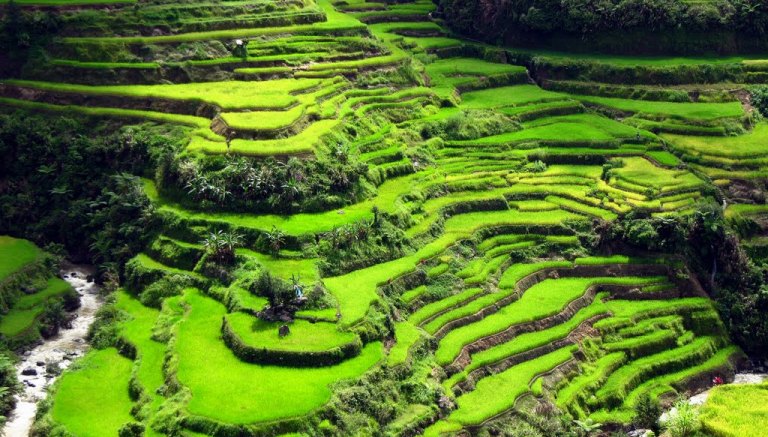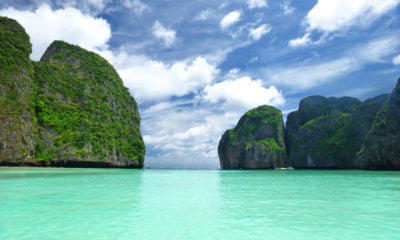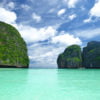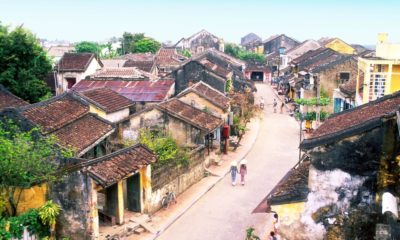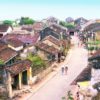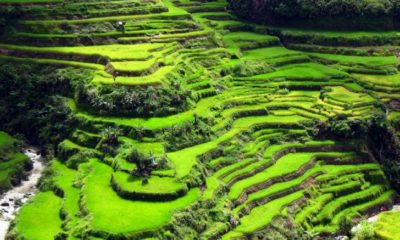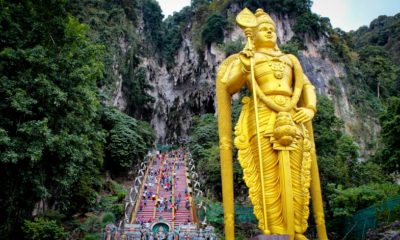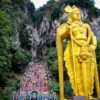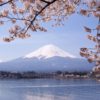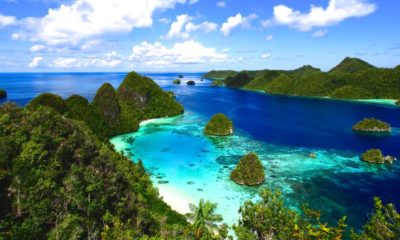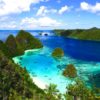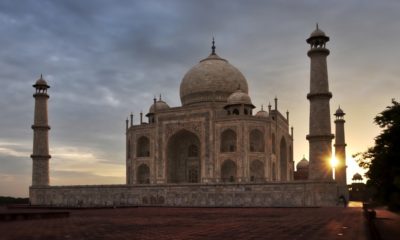Asia
Backpacking The Philippines Need To Know
Basics
Language:
Capital:
Currency:
|
Dial Code:
International Access Code:
Emergency Services Number:
Time Difference:
|
Places To Visit In The Philippines
The Banaue Rice Terraces were carved into the mountains of Ifugao 2,000-years ago by ancestors of the indigenous people and locals still plant rice on them to this day.
Next…
Entry
Citizens of most countries (including all EU countries, The US, Canada, Australia and New Zealand) do not need a visa for stays of up 30 days. However entry to the Philippines may be refused if you are unable to produce evidence of return or onward travel.
You may also be able to get a tourist visa from a Philippine Embassy before you travel, which will allow an initial 59 day stay.
Yellow fever vaccination is required for travellers arriving from countries with risk of yellow fever transmission.
Your passport should be valid for a minimum period of 6 months from the date of entry into Philippines.
If you are leaving the country by air you must pay a departure tax of 550 Pesos in cash or the equivalent in US Dollars.
Entry requirements change frequently, so for official information visit your home government travel bureau.
Getting Around
Philippine Airlines and Cebu Pacific Air are the only reputable national airlines, all others have safety concerns.
Only use taxis from a reputable company.
Avoid travel on ferries if possible. Ferries are often overloaded, lack necessary lifesaving equipment, are not adequately maintained and have incomplete passenger manifests.
More detail is to come in this section, but you can read about general advice regarding Getting Around When You Get There
Accommodation
The Philippines has a wide variety of hostels and you should never have any problem finding one.
The average price of a hostel is 280-560 PHP (£4-£8) a night.
The majority of hostels in The Philippines will provide linen and bathroom facilities. Usually there will be internet facilities as well as a common area and laundry services.
Hotels and guesthouses are cheap, especially if there is more than one of you.
Read more about Accommodation When You Get There and Living in Hostels
Recommended For Further Information
If you are heading to multiple destinations in South East Asia I highly recommend picking up a copy of Lonely Planet’s; Southeast Asia On A Shoestring. It provides the most relevant, up-to-date advice on what to see and skip, where to stay, and how to optimise your budget for an extended continental trip…

Food And Health
Restaurants are cheap and cooking facilities in hostels are rare.
Food hygiene and safety is improving, but isn’t up to Western standards. Use your instincts; if the place looks dirty, don’t eat there; if your food isn’t piping hot, don’t eat it.
Water is not safe to drink – always buy bottled or boil.
The availability of medical care varies across the Philippines, and may not meet acceptable standards. Although adequate in major cities, medical care is limited in more remote areas. Treatment can be very expensive. Make sure you have adequate travel health insurance and accessible funds to cover the cost of any medical treatment abroad and repatriation.
Always contact your GP around 8 weeks before your trip to check whether you need any vaccinations or other preventive measures. Visit here for Recommended Vaccinations and read here for more about Travelling Health In General
Weather & Time To Go
The Philippines has a tropical climate and is heavily affected by typhoons from June to November, therefore it is best to avoid going at this time of year. March to May are the hottest months; November to February are the coolest and driest months, with mid-January to the end of February considered the best time to visit.
Communications
Internet and wifi is widespread and accessible in most hostels and hotels. International calling cards are also cheaply available.
Dangers And Considerations
Travel bureaus advise against travel to Mindanao and the Sulu archipelago.
There is a high level of violent crime, including gun crime, but foreign nationals are not normally targeted.
Thieves, pickpockets and scam artists commonly operate in tourist areas and cities. Pickpockets often work in gangs, some distracting you while the others go into your bags, so be alert and try not to get distracted around tourist attractions and cash points.
Drink spiking is common – buy your own drinks and keep them within sight at all times.
Don’t become involved with drugs of any kind. Penalties for importing and using illegal drugs are severe.
You must be able to show some identification if requested by the police. A photocopy of the relevant pages of your passport will suffice, leave your passport in a hotel safe or security box.
During the rainy season flash floods and landslides can occur. Volcanic eruptions and earthquakes can also occur, which can present a potential threat of tsunamis. Familiarise yourself with safety procedures, and in the event of a natural disaster you should follow the instructions of local authorities.
Dangers constantly change. Always check with your foreign office (British Foreign Office webpage) or travel advice bureau for the latest information regarding your destinations safety.
Read more about Safety And Security here
Respecting Culture
It is customary to tip in The Philippines, but it is illegal to give money to beggars or street children.
Avoid political discussion about the Marcos years.
You should remove shoes before entering a home.


